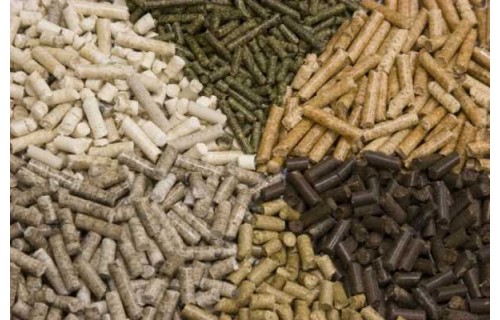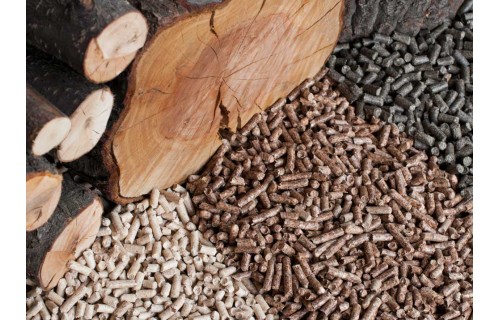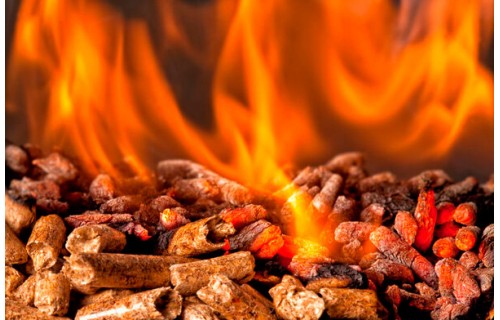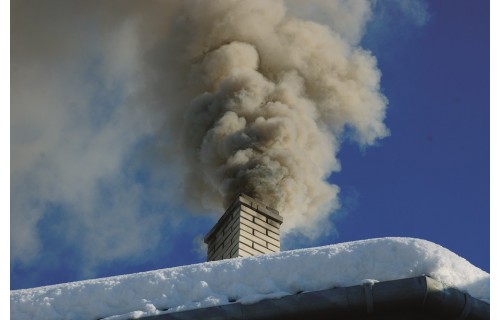Pellet quality varies: your guide to eco-fuel

When seeking the best energy solutions for our farms, we often compare various fuel types, weighing their prices, efficiency, and environmental impact. In recent years, pellets have become an increasingly popular choice. However, it's crucial to remember that not all pellets are created equal. They vary significantly in calorific value and other parameters. Let's explore the different types available.
Many forms of biomass can be pelleted, including wood, branches, wood chips, sawdust, wood pulp, hay, straw, seed hulls, sunflower waste, leaves, and grain waste. We'll focus on the most common varieties for you.
1. Wood pellets
The most common type, primarily produced from sawdust and wood chips. They boast a high calorific value, low moisture content, and a small carbon footprint. Wood pellets come in various quality grades, with the highest (ENplus A1) adhering to strict standards for cleanliness and combustion efficiency.
Within wood pellets, we differentiate between coniferous pellets (slightly more energetic but producing more smoke and ash) and deciduous pellets (typically less energetic but burning longer and cleaner).
2. Biomass pellets
These pellets are made from diverse plant materials like straw, hay, and agricultural waste. By utilizing materials that would otherwise be discarded, they offer an environmentally friendly solution. While their heating properties might be lower than wood pellets, they present an attractive alternative in regions with abundant agricultural waste.
3. Pellets from waste
This type of pellet is manufactured from industrial waste, such as offcuts from furniture production or woodworking. Using waste to create pellets helps reduce landfill volume and promotes efficient resource utilization. Their fuel properties depend on the specific raw materials used.
4. Composite pellets
Composite pellets combine different materials, such as wood and other biomass. The proportions of raw materials used are based on preferences and availability. This allows for customization to meet specific user needs and the requirements of various heating stoves.
What to Consider When Choosing Pellets
Pellets are produced without external binders. The process involves grinding the raw material, then forming the pellets under high temperature and pressure. This ensures that the fuel doesn't produce toxic fumes from burning artificial substances.
Therefore, it's vital to ensure that the raw material used is of natural origin. If it's wood, it should ideally be uncoated and unpainted. Glued wood waste, such as OSB or HDF, is unsuitable for producing quality pellets due to their high content of artificial binders.
Learn more about the intricacies of pellet production in this article.
The solution may be to produce pellets yourself
While high-quality manufactured pellets are a cost-effective and efficient fuel, the best way to guarantee quality is to produce your own, especially if your farm generates a significant amount of natural waste.
For this, you'll need a good quality pelletizer, optionally upgraded with a screw feeder. Producing your own pellets offers numerous benefits, both economically and environmentally. Firstly, it significantly reduces costs by utilizing your own disposable resources. Secondly, making pellets from local raw materials lowers CO2 emissions associated with fuel transportation. Additionally, by controlling the production process, you can tailor the quality and type of pellets to your individual needs and preferences. Finally, self-production of pellets contributes to the sustainable management of natural resources, positively impacting the environment.
If you want to learn more about getting started or improving your own pellet production, our specialists are ready to help and answer any questions. You can contact us here: contact.











